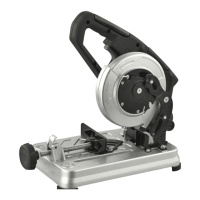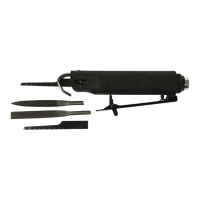Why is my Power Fist 6 in. Mini Saw not starting?
- PparkswilliamAug 3, 2025
There are several reasons why your Power Fist Saw might not be starting. It could be due to: * No power supply: Ensure the power cable is properly connected and that the outlet has power. * Worn or sticking brushes: Disconnect the power, remove the brush caps, and check if the brushes move freely. Replace if necessary. * Faulty trigger switch: The trigger switch may need replacement. * Damaged cord: The power cord may need replacing. * Worn or short-circuited motor components: Defective components may need replacement.



